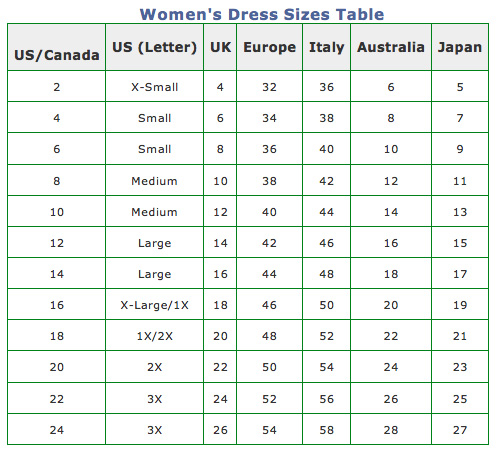In 2015 global business-to-consumer (b2c) eCommerce topped more than $1.5 trillion dollars and it’s set to more than double by 2016. For retailers looking to target customers overseas there are some simple tips and tricks to improve visibility and messaging for international shoppers.
 1. Add an international shipping icon or banner to your homepage announcing you ship internationally.
1. Add an international shipping icon or banner to your homepage announcing you ship internationally.
Nothing’s more frustrating from a user experience than shopping on a website, finding the products you’d like to purchase and then going to the cart page to enter your information only to find you can’t complete an order because the retailer doesn’t ship internationally.
If you’re shipping overseas announce it directly and clearly on your homepage.
2. Update the policies on your website to explain your international shipping process. Explain directly to your international customers what they can expect when buying from your store. Don’t leave your international customers in the dark about the order process. If you’re just starting with international shipping you will need to adjust and modify your domestic policies. Are you going to accept returns or exchanges for international orders? How long will it take for the order to arrive and will they have tracking? What’s the best way for international customers to reach your customer service team?
3. Create transparency. Explain upfront how you will charge your international customers and if they need to pay additional custom fees like duties and taxes upon delivery. If you charge in USD note this in case there is a conversion and foreign transaction fee. Explaining this upfront can help you avoid an irate international customer who abandons their package because they didn’t know they would need to pay duties and taxes upon delivery.
Depending on your product offering add additional information about sizing and fit.
For example apparel retailers need to disclose how their sizing for shoes or dresses are measured to translate this into the size equivalent in the international customer’s local market.
If you are selling electronics make sure to explain if voltage and plugs will be compatible in the foreign market or if additional accessories or conversion equipment would be needed.
5. Translate important pages. Undertaking a complete translation of your entire website is time consuming and expensive. If complete translation isn’t in your immediate plans a short term solution is to translate key pages of your website like FAQs, Shipping Policies, and Contact Us to communicate more effectively with customers whose native language is not English.
Interested in learning more about best practices for international eCommerce or looking to streamline and improve your global eCommerce strategy?
Contact SkyBOX Checkout to learn more about our international checkout solution and how we can offer you and your international customers the best in class experience for international eCommerce.



Comments
Post a Comment